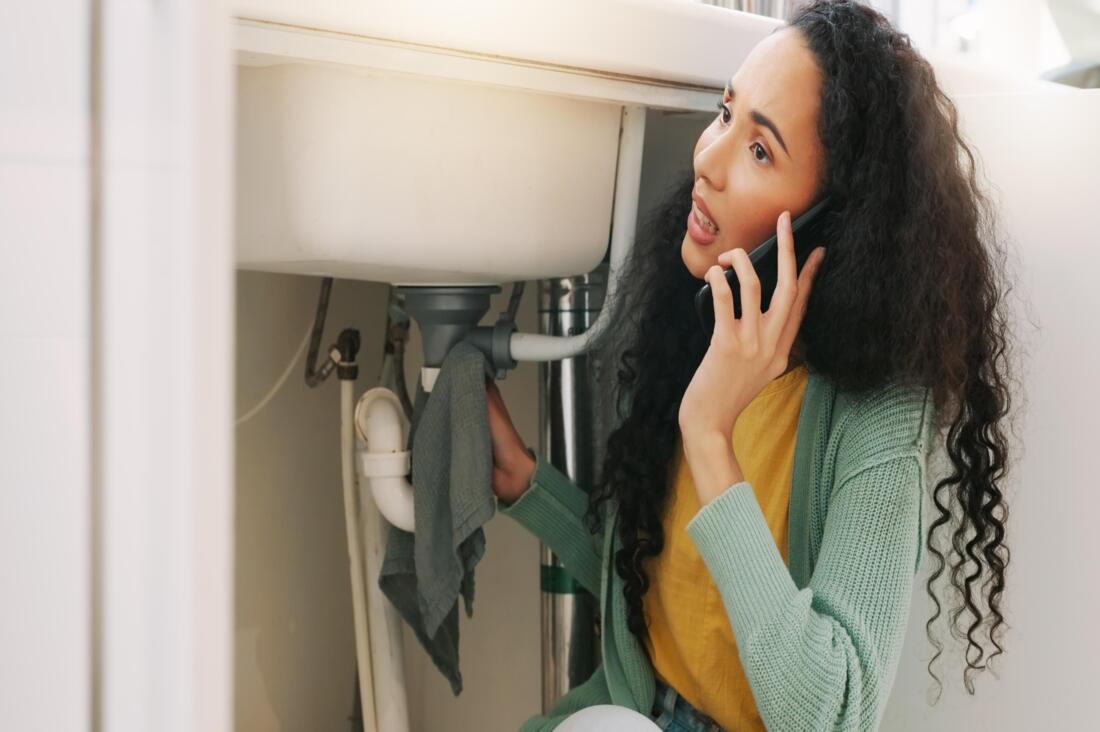Neglecting signs of leaking pipes can result in plumbing errors that might cause water damage and expensive repairs in your home. Leaks may initially be minor and hard to detect, only becoming apparent when they create substantial harm. Are you overlooking wet areas on walls or ceilings, treating them as insignificant problems?
Recognizing Signs of Plumbing Problems
Neglecting minor pipe leaks may result in extensive water damage and expensive repairs. It is important to regularly inspect for indications of dampness, discoloration, or an unexpected rise in your water expenses to detect and address leaks early on. One common error in plumbing maintenance is disregarding signs of a leaky pipe, which could potentially cause flooding and costly repairs in your home. Leaks often start small and may not be noticed until they have already caused significant harm. Homeowners may disregard damp spots on walls or ceilings, considering them insignificant problems. Nevertheless, even a small leak can compromise the integrity of building materials over time, eventually leading to a burst pipe and home flooding.

Preventing Frozen Pipes: Insulation Tips for Cold Weather
Failing to adequately insulate pipes in cold weather is a serious mistake. When pipes are left uninsulated, they are at risk of freezing, leading to potential bursts as the ice expands. This is particularly dangerous in regions where temperatures often dip below freezing. To avoid this issue, it is crucial to make sure all pipes, especially those in unheated locations such as attics, basements, and garages, are properly insulated. Applying pipe sleeves or insulating tape can create a protective layer against the cold, lowering the chances of a damaging flood.

Protecting Pipes with Gentle Cleaning
Many homeowners tend to misuse chemical drain cleaners by using them too frequently. Although these products can help with small clogs, excessive use can erode pipes and cause leaks or total pipe failure. The strong chemicals can harm the plumbing materials, decreasing their durability and raising the risk of significant issues. It is advisable to choose milder alternatives like a plunger or plumber's snake, or enlist the help of a professional for tougher clogs. By steering clear of these typical plumbing errors, you can safeguard your home from severe water damage and avoid costly repairs.
Understanding the Importance of Regular Plumbing Maintenance
Regular plumbing maintenance is essential for preventing major issues and ensuring the longevity of your home’s plumbing system. Homeowners often overlook this critical aspect, leading to costly repairs down the line. Scheduling routine inspections can help identify potential issues before they escalate. This includes checking for leaks, assessing the condition of pipes, and ensuring that fixtures are functioning correctly. By investing time and resources into preventive maintenance, homeowners can save money, prolong the life of their plumbing, and maintain a comfortable living environment.
The Dangers of Ignoring Water Pressure Changes
Changes in water pressure can be a clear indicator of plumbing issues that should not be ignored. Low water pressure may suggest a leak somewhere in the system, while excessively high pressure can put undue stress on pipes, increasing the risk of ruptures. Homeowners should regularly monitor their water pressure and address any significant fluctuations promptly. Installing a pressure regulator can help manage water pressure effectively, protecting your plumbing system from the damaging effects of both high and low pressure situations.
Recognizing the Signs of Pipe Corrosion
Pipe corrosion is a serious problem that can lead to leaks, reduced water quality, and significant repair costs. Signs of corrosion include discoloration of water, a metallic taste, or visible rust on fixtures. Older homes, especially those with galvanized pipes, are particularly susceptible to this issue. Regularly inspecting your pipes and considering a replacement with more durable materials, such as PVC or copper, can mitigate these risks. Homeowners should be proactive in addressing corrosion to maintain water quality and prevent leaks that can cause extensive damage.
The Role of Drainage Systems in Preventing Water Damage
A well-functioning drainage system is critical in preventing water damage in your home. Poor drainage can lead to water pooling around the foundation, which may eventually seep into the basement or crawl spaces, causing mold and structural issues. Homeowners should regularly inspect gutters and downspouts, ensuring they are clear of debris and directing water away from the house. Additionally, incorporating a French drain or sump pump can provide extra protection against flooding. Maintaining your drainage systems is essential for safeguarding your property from water-related problems.
Choosing the Right Fixtures to Avoid Plumbing Issues
The fixtures you choose for your home can significantly impact your plumbing system's health. Selecting low-flow faucets and toilets can help reduce water usage and minimize strain on your plumbing. However, it’s crucial to ensure that these fixtures are of high quality to avoid frequent repairs. Investing in reliable brands that adhere to plumbing standards can prevent leaks and malfunctions. Moreover, homeowners should stay informed about any recalls or safety notices regarding their fixtures to ensure their plumbing system remains efficient and leak-free.
The Impact of Tree Roots on Underground Pipes
Tree roots can pose a significant threat to underground plumbing systems, often infiltrating pipes in search of moisture. This intrusion can lead to blockages and even complete pipe collapse. Homeowners should be vigilant about the location of trees relative to their plumbing lines and consider installing root barriers if necessary. Regularly scheduled inspections can help identify root intrusion early, allowing for prompt remediation. Additionally, opting for pipe materials resistant to root penetration can safeguard your plumbing system, thereby preventing costly repairs and water damage.
AI-Assisted Content Disclaimer
This article was created with AI assistance and reviewed by a human for accuracy and clarity.